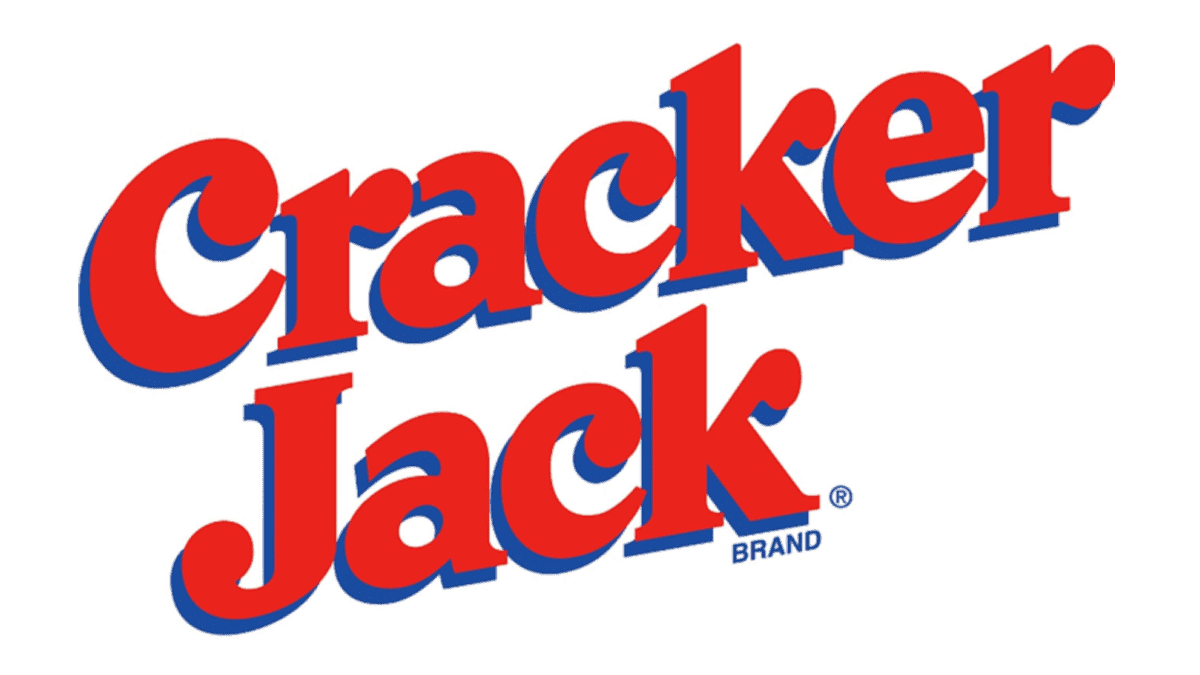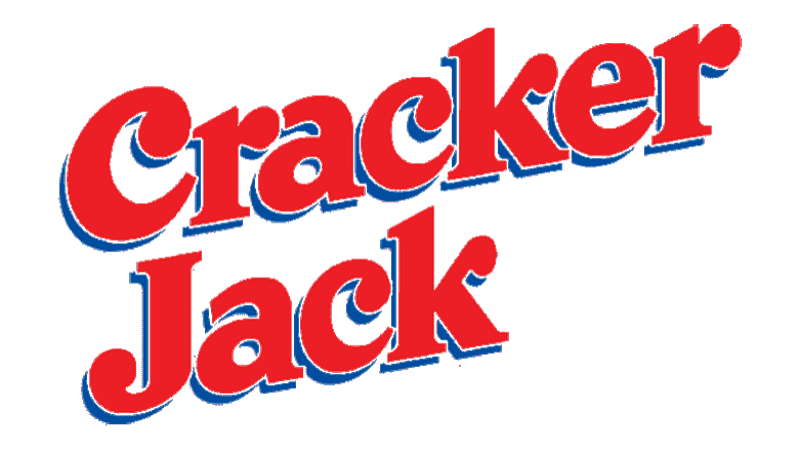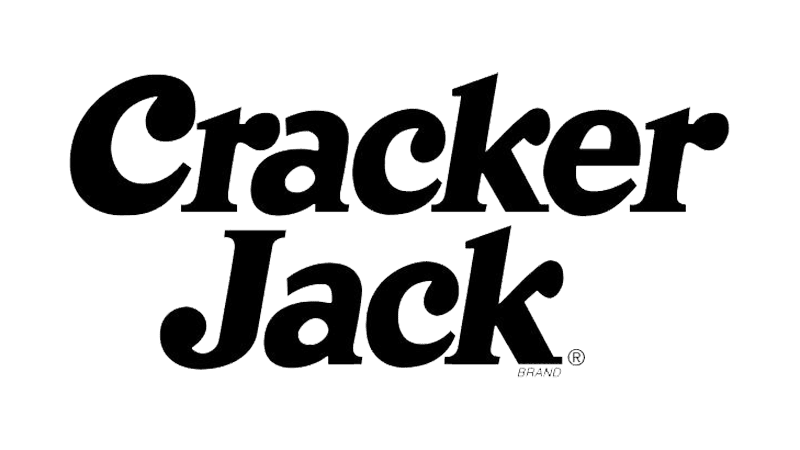Cracker Jack is a famous brand of caramel-coated popcorn and peanuts, frequently linked with baseball games and nostalgic American culture. Recognized for its distinctive red, white, and blue packaging, the brand has been a favorite snack for over a century. Its mixture of sweet, crunchy popcorn and peanuts, together with the iconic prize inside each box, has made Cracker Jack a beloved treat.
Meaning and History
Introduced in 1896 by Frederick William Rueckheim and his brother Louis, Cracker Jack originated in Chicago. The brothers initially sold their popcorn snack at the first Chicago World’s Fair in 1893, where it gained significant popularity. The addition of a molasses coating and peanuts created a unique product that stood out from other snacks of the time.
In 1908, Cracker Jack gained further prominence with its mention in the song ‘Take Me Out to the Ball Game,’ which became an unofficial anthem of baseball. This association with America’s pastime helped cement Cracker Jack’s place in American culture. The brand capitalized on this connection, becoming a staple at ballparks nationwide.
The introduction of prizes in each box in 1912 added another layer of appeal. These small toys and trinkets became a key part of the Cracker Jack experience, creating excitement and anticipation for consumers, especially children. The prizes, along with the snack itself, contributed to the brand’s lasting popularity.
What is Cracker Jack?
Cracker Jack is enjoyed by generations of snack lovers. The brand maintains its classic recipe while also offering new variations to cater to modern tastes. Its enduring legacy is a testament to its ability to adapt and innovate while preserving the nostalgic charm that has made it a favorite for over a hundred years.
1896 – 1937
The original Cracker Jack logo features a diagonal arrangement of the brand name in a serif font. The letters are bold and slightly elongated, giving a sense of robustness. The color scheme is a warm, muted red, which contrasts subtly with the background, reflecting an era of classic and straightforward branding.
1937 – 1987
In the next iteration, the Cracker Jack logo adopts a more modern and bolder serif typeface, with thicker, more uniformly sized letters. The color shifts to a deeper, richer red, enhancing visibility and making a more striking visual impact. The overall design is more polished, reflecting advancements in printing and brand presentation.
1987 – 2013
This version introduces a playful twist with a bright red and blue color scheme. The serif font remains, but now the letters have a three-dimensional effect, adding depth and a sense of fun. The text is slightly tilted, giving a dynamic, energetic feel, which aligns well with the brand’s identity as a beloved snack.
2013 – today
The most recent logo iteration retains the playful red and blue color scheme but refines the three-dimensional effect for a cleaner look. The serif font is bolder, and the letters are more compact, enhancing legibility. This version reflects a balance between maintaining brand heritage and adapting to contemporary design standards.
Fonts
Throughout its evolution, the Cracker Jack logo has consistently used serif fonts, varying from elongated and slightly formal in the earliest versions to more playful and bold in later iterations. The initial serif fonts were simple and robust, providing a sense of reliability and tradition. Over time, the serif fonts adopted in the logo became more dynamic, with three-dimensional effects and a slight tilt, adding a playful and modern twist to the brand’s visual identity.
Colors
The color palette of the Cracker Jack logo has evolved from a warm, muted red in its earliest iteration to a vibrant and bold red and blue combination in later versions. Initially, the red provided a sense of warmth and tradition. As the logo evolved, the addition of blue created a dynamic contrast, making the logo more eye-catching and lively. The modern iterations have retained these colors, enhancing their brightness and clarity to ensure the logo remains visually appealing and recognizable.







